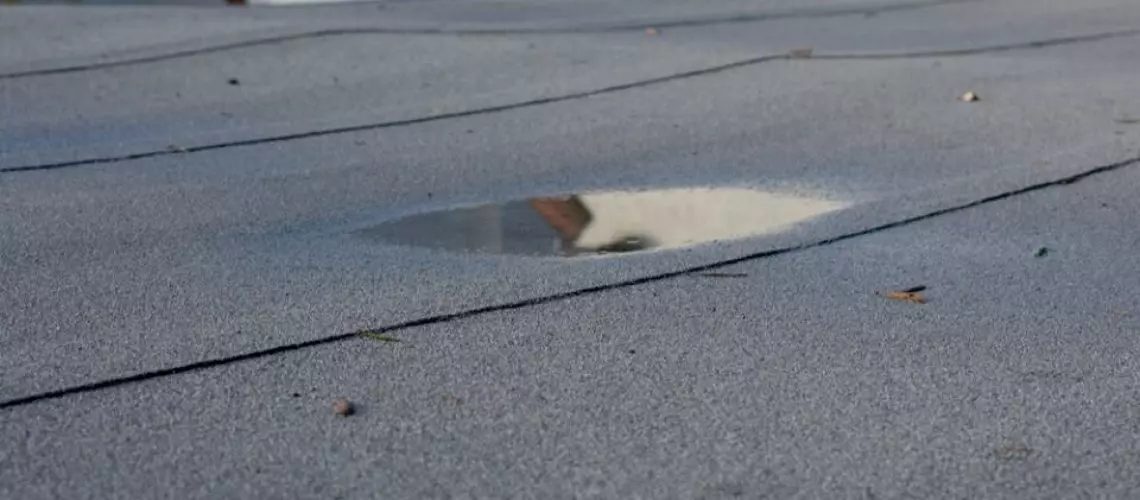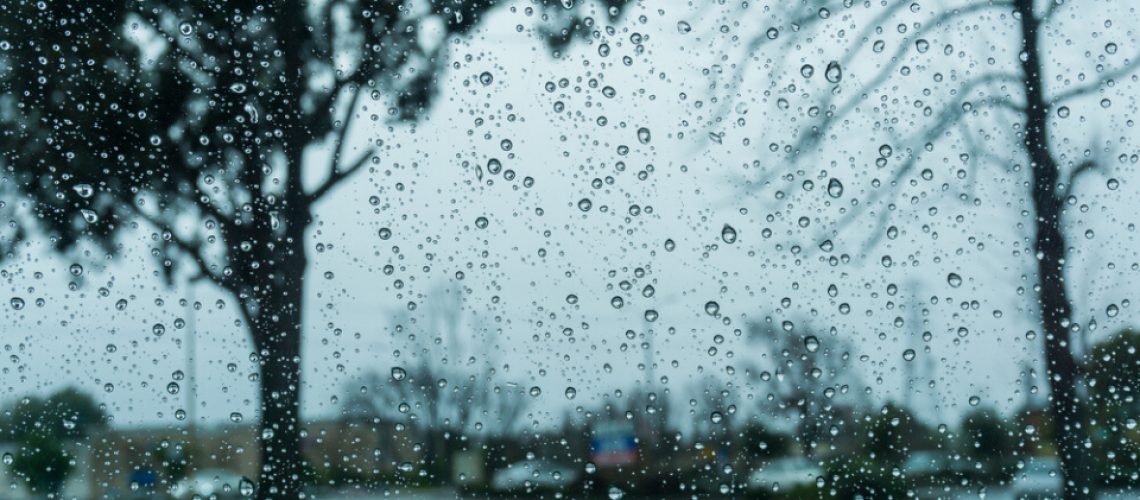
The roof of your commercial property is on the frontline, shielding your assets, products, customers and employees from the outside elements. A healthy and effective roof can be easily taken for granted, but when it fails, it can have disastrous consequences for your business. Regular inspections will ensure that your commercial roof drains are working correctly. However, if they fail to guide water off the roof, you may need to consider replacing them. With this guide to the two types of commercial roof drainage systems, you’ll know which one is best suited to protect your business.

Why Is Drainage Important?
First, you may be wondering why roof drainage systems are so important anyway. After all, the purpose of a roof is to act as a barrier to water. However, ponded water poses considerable threats to the safety and sanitation of the building. If water does not drain away properly, it sits stagnant on your rooftop and, like an actual pond, offers a welcoming environment for plants, fungi, insects and other critters. As a result, ponded water can lead to mold and mosquito infestations, create unsightly stains around the once sparkling white rooftop, and erode the roof membrane over time. Not only this, but the weight of ponded water may cause the roof to sag or leak, leading to further damage to the insulation and other internal building structures. If the weight of the water is too great, it may even cause the roof to collapse. Fortunately, these catastrophes are all avoidable thanks to the drainage systems working hard at all hours to remove water from the roof.

Two Types of Drainage Systems
While most residential roofing is constructed to have a high pitch, or a sharp steepness that utilizes gravity to push water off the roof, commercial roofing systems are described as “flat.” Though the term may be misleading, flat roofing systems are, in fact, engineered with a mild pitch. The slight incline leads straight into the drains, and from there, either one of two types of drainage systems carries the water to the street, storm drains or sewer system.

Gravity Drainage System
Similar to residential roofing, one type of commercial roofing drainage system entrusts gravity to do the leg work. First, the slight pitch of commercial roofing draws water toward the drains. At this point, slanted pipes inside the building lead the water down to the ground. Though this system sounds pretty intuitive, the internal piping can take up a lot of space inside the building, leaving less room for other systems near the rooftop. Plus, gravity alone may not have enough force to drain larger roofs quickly enough, given the comparatively greater amount of water they accumulate. Therefore, gravity drainage systems are best suited for flat commercial roofs with a smaller surface area or buildings that don’t require a massive amount of space for internal systems near the roof.

Siphonic Drainage System
In contrast to the gravity-based system, a siphonic drainage system harnesses the power of pressure. Unique to the siphonic system is the baffle, a circular device that sits at the top of the drain underneath the strainer, preventing air from escaping into the pipes alongside the water. The effect is a difference in atmospheric pressure between the inside and outside of the pipes. Rather than gravity slowly pushing water downward, the lower atmospheric pressure inside the piping pulls water inward, draining it much more rapidly. Because of this unique ability, the siphonic system’s internal piping does not need to slope. They can run perfectly parallel to the roof and drain into a vertical pipe leading to the ground, saving quite a bit of space for other internal building systems. Therefore, the siphonic drainage system is ideal for extremely large commercial buildings, especially those prone to large amounts of heavy sitting water.
The type of drainage system you choose to have installed with your roof will mainly depend on the size of the property and how much space is needed near the roof for other systems. If in doubt, your local commercial roofing contractor will be able to offer individualized guidance regarding your roof’s unique characteristics and your budget. However, both of these drainage systems are more than capable of delivering water off most commercial rooftops. In the long run, your investment in a moisture-free rooftop is a wise move to preserve the physical safety of your business.